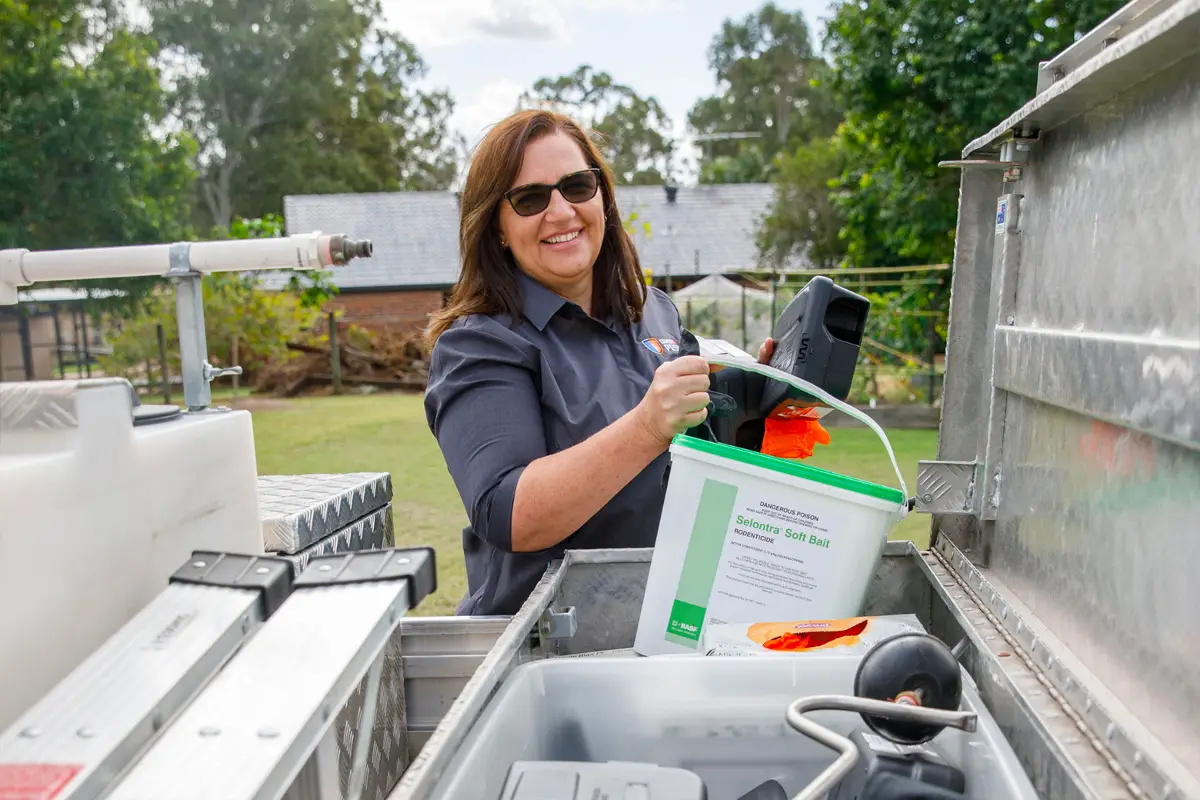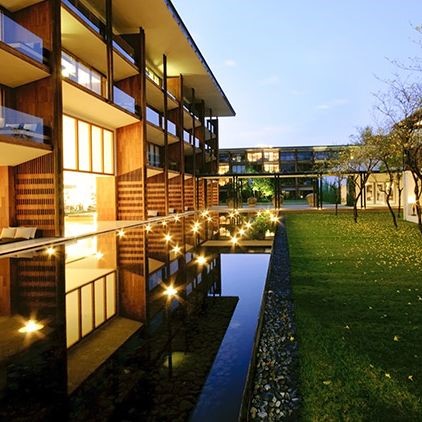
24 May Rats and mice
HELPFUL HINTS

Reduce your encounters with rats and mice by ensuring your property has a very low risk and non-inviting environment for them.
- Some properties are invaded in autumn every year as rats and mice seek shelter in cooler weather. Others may be invaded when nearby areas are developed. If you are aware of a potential influx, contact your Pest Manager to introduce a program before the event.
- Pet food is a major attraction for rodents. Ensure that all pet food is never left outside overnight and by storing in metal containers.
- Your home should be inspected for potential entry points, concentrating on gaps in the wall, such as weep holes, doors and windows and penetrations for plumbing and electrical services.
- Trim all tree branches away from the house. Remove ivy and trellises from walls.
- Do not store timber or debris up against your home.
- Repair leaky taps and remove other water and moisture sources.
- Rodents develop territories and have a social hierarchy. Not all will have equal access to baits. The most dominant and aggressive individuals tend to be the oldest and largest male members of the colony. Treatment programs must be designed to control the colony, rather than a few individuals.
An adult house mouse produces 50 to 100 droppings and up to 3,000 micro-droplets of urine per day, a rat about 40 to 50 droppings per day or 15,000 droppings and 15 litres of urine per year. Not a visitor you want anywhere near your home!
Rodents may die in inaccessible places such as wall cavities. Odours from dead mice are seldom a problem but rats, because of their larger body weight may cause a problem. We may be able to find, access and remove the carcass or apply odour absorbing products to offer relief but as always, prevention is better than cure! Contact us about our baits, traps and treatment packages.

Sorry, the comment form is closed at this time.